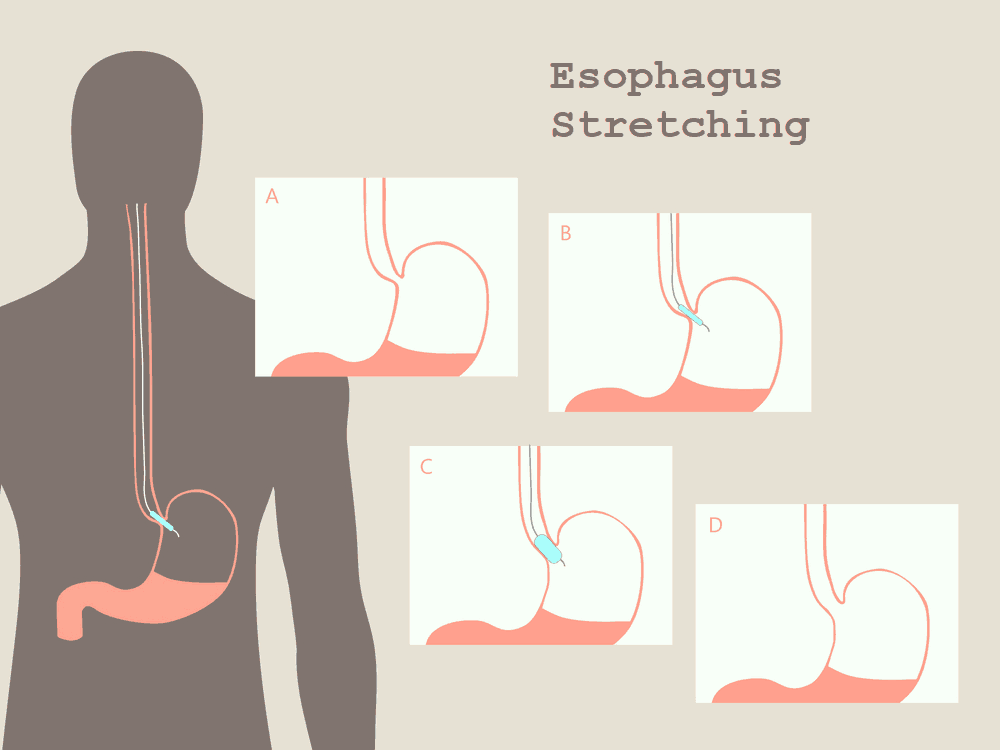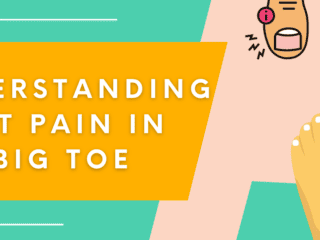What is Esophageal Dilation?
Esophagus stretching, professionally known as esophageal dilation or sometimes even pneumatic dilation, is a procedure that dilates (stretches) the esophagus (throat). Doctors perform the surgery by inserting a long tube down a patient’s throat. This tube reaches down to the lower esophageal sphincter (LES), a ring of muscles between the ending of the throat and the beginning of the stomach. Once there, doctors inflate a small balloon at the end of the tube to stretch the LES.
Sometimes more than one dilation is needed to achieve desired results.
Why Would You Have Your Esophagus Stretched?
It’s perfectly natural to wonder why in the world someone would want their esophagus stretched. Doctors perform this surgery when the LES is constricted in some way. Common conditions that may require this procedure to treat include:
- Achalasia (cardiospasm): Nerve damage that results in difficulty swallowing.
- Acid reflux (gastroesophageal reflux disease/GERD): A condition where bile and/or stomach acid comes back up from the stomach into the throat, where it causes irritation.
- Eosinophilic esophagitis (EoE): A type of allergy that causes long-term throat inflammation.
- Esophageal cancer (esophageal carcinoma): Cancer of the throat.
(Note that this is not a complete list.)
How Do You Know If You Need Your Esophagus Stretched?
The best way to know if you need your throat stretched? Talk to your doctor about any concerns you have regarding your throat, including your ability to swallow and if you commonly suffer from acid reflux.
How Long Does It Take to Recover from Esophageal Dilation?
The answer to this question depends on several factors. That being said, most people can have someone drive them home from the procedure the same day. While a sore throat may last all day, you can drink when your soreness goes away. Usually you’ll need to wait to eat until the following day.
Of course, these are general timelines. Always ask your doctor for specifics about your recovery timeline.
Is Stretching the Esophagus Dangerous?
Like any other type of surgery or procedure, esophagus stretching is not without risks. Some of these risks include:
- Incorrect administration of anesthesia
- Infection
- Pain
While you need to take these risks seriously, it’s important to note that these side effects are not common. One 2016 study, for example, examined 164 patients who underwent esophageal dilation for EoE a combined total of 486 times. Researchers discovered that these procedures had a 5% complication rate. The most common complication? Pain, which only required medical attention in 4% of cases. Only 2 patients required hospitalization; both of these patients made fair recoveries.
In Brief: Esophagus Stretching
Esophagus stretching may sound like an odd procedure, but it’s helpful in managing conditions like EoE or even GERD. While there are risks associated with this surgery, research suggests that they are not incredibly common.
Disclaimers: This article does not constitute professional medical advice, nor can it replace the advice of a licensed medical professional.








